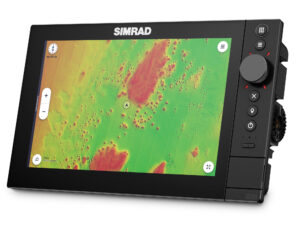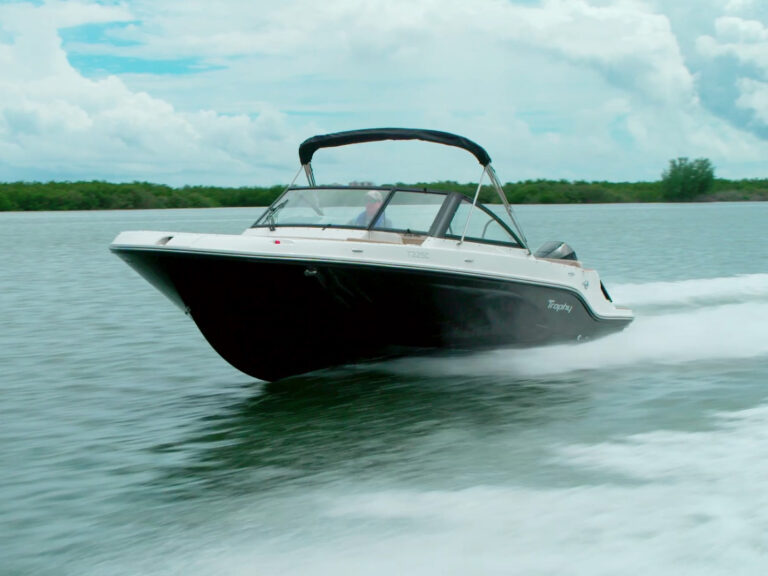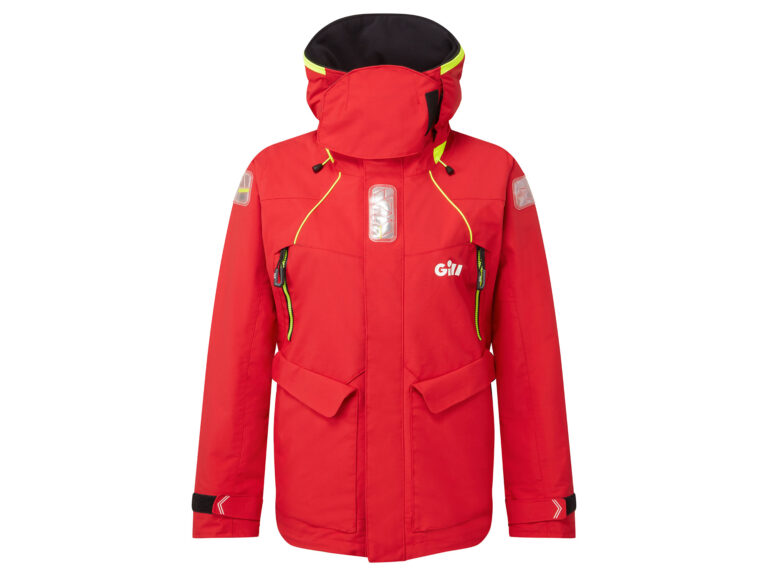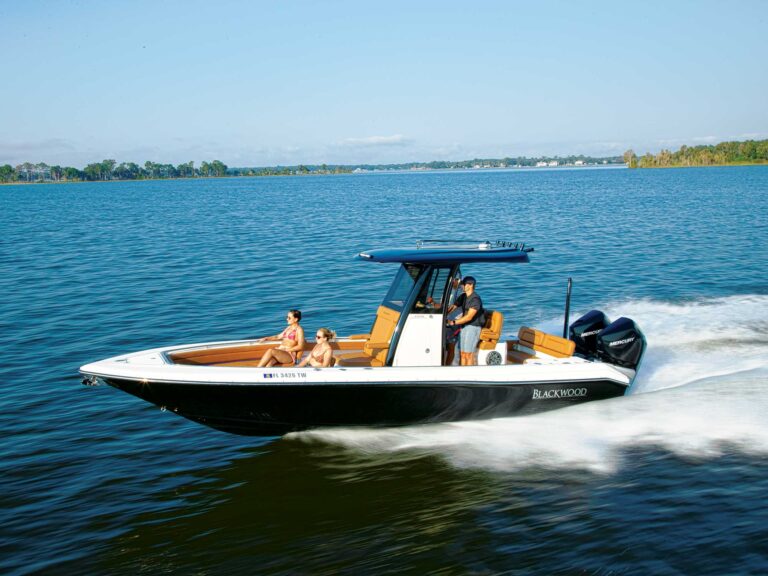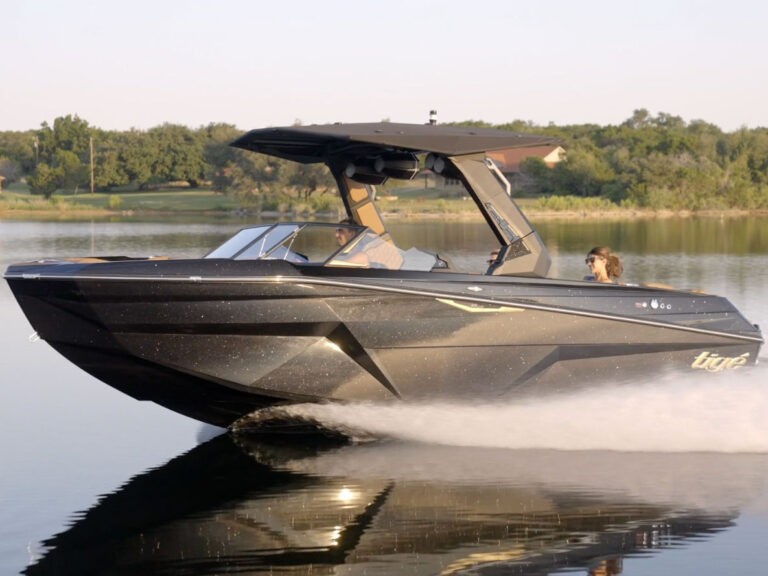
For decades, anglers relied on fish finders with an inherent time delay. Today, however, a new breed of fish finder from brands such as Garmin and Lowrance eliminates the time delay, depicting the underwater world in real time. The latest to join this revolution is Humminbird.
Humminbird’s Mega Live Imaging delivers clarity that’s reminiscent of medical ultrasounds. With fish and structure appearing in real time, anglers can watch fish onscreen as they move about.
Mega Live Imaging employs an optional transducer that mounts to the shaft of a trolling motor. You connect the supplied Ethernet and power cable to a compatible Humminbird multifunction display with no need for a black-box module.
No transom-mount transducer is currently available for Mega Live Imaging, though transom-mount and trolling-motor transducers are available for the Garmin Panoptix LiveScope and Lowrance ActiveTarget live-imaging systems.
Mega Live Imaging is compatible with all Humminbird Apex and Solix MFD models, as well as Humminbird’s Helix G3N (8- through 12-inch models) and Helix G4N (7- through 15-inch models) Mega SI or Mega DI.
You can adjust Mega Live Imaging to one of three modes by manually twisting the transducer. Choose between Down, Forward or Landscape. It provides clarity throughout the entire view, with no gaps in coverage. Maximum range is 150 feet. It scans whichever way you turn the trolling motor.
Read Next: Fish-Finder Tools
The images that emerge are mind-blowing. Bait schools, gamefish and even your lure zoom across the screen. On some occasions, you can even watch a fish strike your lure. The Mega Live Imaging on the MFD touchscreen also lets you mark and save waypoints to return to the spot later.
Mega Live Imaging won the Best Electronics category at the 2021 ICAST fishing-tackle industry trade show held in Orlando, Florida, in July. $1,499 for the transducer package; humminbird.com

Fine-Tune Sensitivity
Adjusting the sensitivity (aka gain) of a fish finder is a lost art because many fish finders today boast automatic functions that grant almost hands-off operation. However, you can often improve the view.
“You can almost always get a better fish finder reading by tweaking the sensitivity settings, even when it’s in auto mode,” says Steve Bradburn, fisheries and specialties product manager for Furuno USA marine electronics.
Sensitivity has nothing to do with power, but rather serves to filter the returns like the squelch function on a VHF. As you turn up the sensitivity, it filters fewer echoes. As you turn down the sensitivity, it filters more of the returns.

Bradburn offers a method for fine-tuning sensitivity when auto mode is off. Start by turning off the clutter mode and turning up the sensitivity to the maximum (which will likely black out the screen), then slowly, gradually turn it down to clean up the display but still see targets, including fish and the bottom.
The idea is to reach a happy medium between too much and too little sensitivity. “You might want to repeat this process whenever the water depth or target species changes,” Bradburn advises.

Adjustments can also be made in auto mode, but the starting point is different, says David DeVos, senior regional sales manager for Garmin. “Auto gain works really well,” he points out. “But it can be tweaked.”
Start with the sensitivity level preset in the auto mode, then slightly increase or decrease gain to see if the reading improves. “A little bit [of adjustment] goes a long way in auto mode,” DeVos says. “Ultimately, the best way to learn how to adjust sensitivity is to get out on your boat and use it.”




